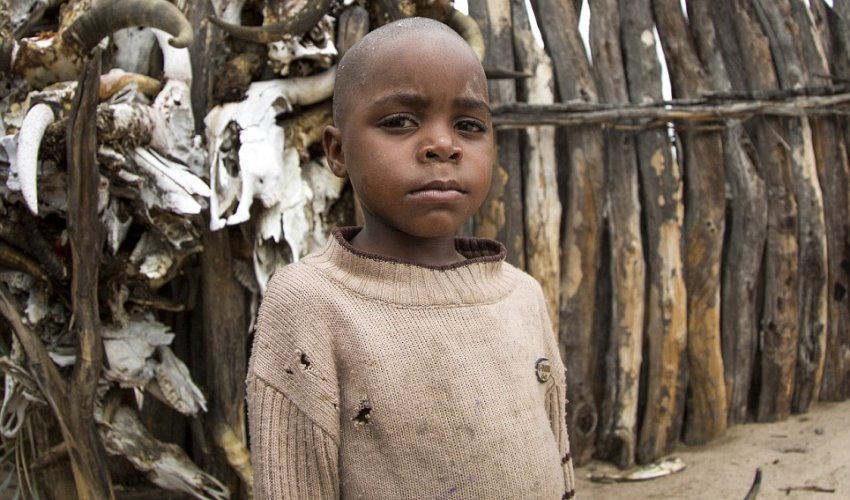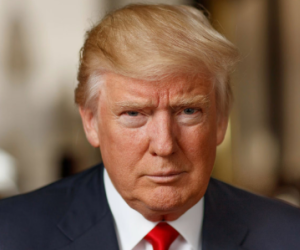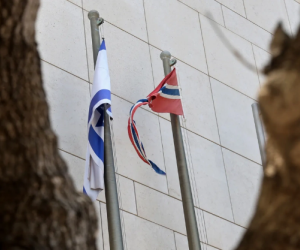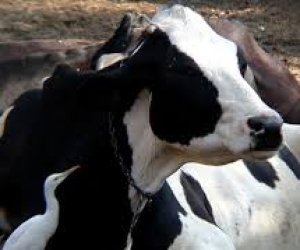Skin-clad queen of Nambia's Okwanyama tribe - PHOTO

One of the Namibia's last tribal monarchs, Queen Meekulu, leader of the Okwanyama tribe, offered photographer Eric Lafforgue a rare glimpse into her world and allowed him inside the royal palace, which is protected by an elaborate labyrinth.From within her sprawling thatched palace, she rules over the Okwanyama's 55 villages with the help of a council, or board, whose members she chooses herself and can fire at will. Indeed, according to Lafforgue, she did so just before the visit on the grounds that the offending councillor was 'lazy'.Another duty is managing the 'omaada' or royal granary which is filled courtesy of a tax levied on subjects that requires each to turn over part of his or her harvest to the Queen. If famine strikes, the store opened up to the populace so no one goes hungry.When not taking care of business at the omaada or tending to her HIV positive adopted son, much of her time is spent touring her kingdom, visiting the sick in hospital and hearing the petitions of village elders from the throne room in the centre of her palace.To get in, visitors must endure an elaborate security process that begins with shouting loudly on approach and involves navigating an intricate labyrinth before submitting to a ceremonial greeting and a lengthy wait in one of the antechambers before being called in to see her.'Only those who are familiar with the palace know how to get inside,' says Lafforgue. 'It was built to make the invaders lose their way and it's protected by the men who live on the outside. The women live in the middle and the Queen ls in the centre.'Surrounding the palace is a stockade made from tough mopane wood, which is spiked in a bid to keep both enemies and local elephants at bay.'By the fence is the olupale where the men gather to tell stories at night while having a few drinks,' explains Lafforgue.'People put the skulls of the cows killed during the reign of the Queen on the fence. Cows are slaughtered for weddings or funerals, and sometimes to use as a trade for millet if the harvest was bad. When the Queen dies, all of it will be burned.'The Queen, who has ruled the Okwanyama since being elected by a council of elders in 2005, hopes to one day build a museum to house some of the tribe's most important cultural artifacts and to highlight some of her most illustrious ancestors, among them, her grandfather Mandume Ya Ndemufayo.The last king of the Okwanyama, Mandume is a national hero in both Namibia and neighbouring Angola and was killed fighting South African forces as they swept through what was then Deutsch-Südwestafrika [German South-West Africa] in 1917.After Namibia was incorporated into South Africa, many of the tribal royals were banned and Queen Meekulu's family were only reinstated, following much discussion among the elders, after the country gained independence in 1990.Since regaining her throne, Queen Meekulu's mission has been to boost Okwanyama culture and wellbeing of its people, and says there is much that other royals, the UK's own Queen Elizabeth among them, could learn from her tribe and its traditions.'She dreams of meeting Queen Elizabeth one day and has invited her to visit twice,' explains Lafforgue. Queen Meekulu adds: 'Anyone can enter my palace. The Queen of England should come here to take lessons from our traditions.'(dailymail.co.uk)ANN.Az




































 Photo
Photo 



 Video
Video 

